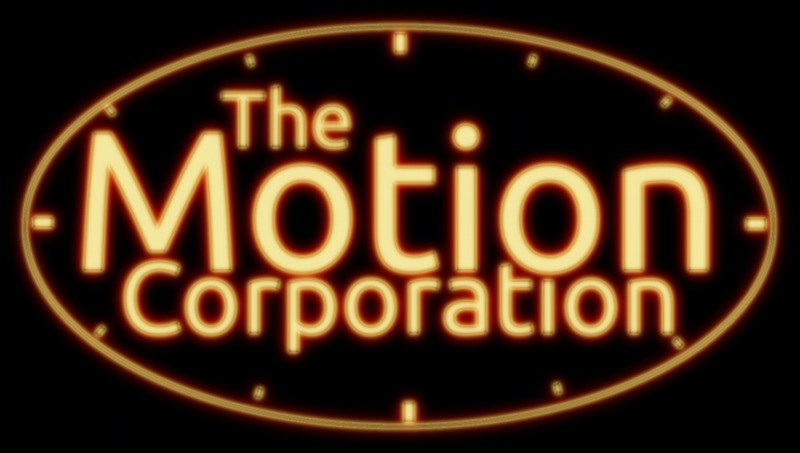



We've tried to add some answers to typical questions we get.
No, it's very light weight.
This depends on a variety of factors, but it should in general be within a few milliseconds in a modern browser. The synch may work surprisingly well even in high latency networks or congested networks, but may not be able to achieve good estimates just as quickly. In such circumstances access to online content sources such as video may be a more severe problem. The level of synchronization is also somewhat dependent on what else your webpage does - if it keeps your browser very busy with other tasks, you might loose accuracy.
If you want to have a simple benchmark, open this page on multiple devices and look at the logo. (top right corner). It should blink in synchrony.
We compensate for latency. This does not mean that we do Quantum Entanglement or other kinds of magic though. If you pause a motion, in particular on slow networks, you will see that your browser continues the motion for a split second, before it snaps back. If you start it, it will jump a bit ahead as it got the play information a tiny bit too late. What this means is that your service will not have perfectly synchronized starts (actually it can, but the explanaition is somewhat more complicated) , but when your clients do start, they will know precicely where they are supposed to be. For example, an audio track can start half a second in, instead of at the very beginning, but be in perfect synchrony with a video on another device.
Some say it was, we say it wasn't. And how many superbly synchronized web pages have you visited lately (that didn't use our MSVs)?
On a more serious note - no, we don't think so, and based on the responses (or lack thereof) from the academic society, so do they. We don't synchronize data, and we don't send a sort of clock signal. We're mixing clock synchronization (which was solved in the 80's by the Network Time Protocol - but which is not universally used), with linear motion. The novelty lies in packaging, and the fact that the concept is backed by an online service. Shared Motion encapsulates timing, media control and synchronization in a way that is well suited for the Web. In our experience, the concept also simplifies reasoning about timing issues, as well as simplifying construction of time-sensitive applications. It is extremely versatile, and makes life much easier for the programmer, allowing creative powers to be directed towards making aweome multi-device applications.
Our service is made to be very light weight while still being very accurate. We will always give you the best accuracy we can. Of course, if you don't need it to be more accurate than, say, within a second, you can always just update your display that often. But the accuracy is there if you need it.
Not really, we've published papers on the internals and lectured about the technology for years, and we're working on open sourcing the client. We're also looking to suggest the MSV to W3C for standardization into HTML. Our highly scalable and efficient server and all the support stuff is however something we wish to provide for your benefit - we've put a lot of effort into making the service what it is today, and we will keep our prices nice and low.